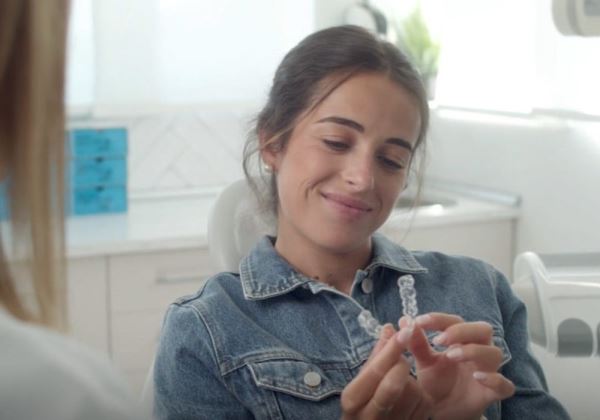Our Blog
The General Council of Dentists and the FDE launch an educational campaign on social networks about orthodontic treatments with aligners
Orthodontics with invisible aligners is a safe medical treatment as long as it is diagnosed, planned and implemented by a registered dentist.
Nowadays, the general population uses social media as a means of searching for information, so entering them means receiving advertisements, among which there are many from companies selling invisible aligners online, which even use influencers to promote these services, without making it clear that for these treatments to be carried out properly, they must always be carried out by a registered dentist.
For years, the General Council of Dentists has been denouncing the modus operandi of these companies that offer orthodontic treatments with transparent aligners without control by the dentist and attract the attention of patients by offering results in "miraculous" times.
In fact, in certain cases, the patient only visits the establishment once to have a digital impression taken, after which he or she receives all the aligners supposedly necessary for his or her treatment. There are even occasions in which the patient is responsible for taking the photos and moulds at home, sending them to the company through an app and then receiving the aligners, which will be changed according to the company's instructions. It is clear that in neither case will a correct diagnosis be made nor will there be follow-up of the treatment by a dentist, with the danger that this entails.
For this reason, the General Council of Dentists and the Spanish Dental Foundation have launched a campaign on their social networks in which they show what a patient who wants or needs to undergo invisible orthodontic treatment should really do. To do this, they have recorded a spot that is available on their social networks and can be downloaded at this link: https://consejodentistas.es/alineadorescontudentista/
The aim of this action is to educate and raise awareness among the population about the correct procedure that should be followed for orthodontic treatment with aligners and the risks involved in undergoing one without following the appropriate process with the help of a licensed dentist.
The video shows all the steps required to carry out an orthodontic treatment correctly: the patient makes an appointment at a trusted dental clinic that performs a thorough check-up and the necessary tests (x-ray, scan, impressions, etc.) to obtain a correct diagnosis and establish an appropriate treatment plan. The dentist then explains all the phases of the treatment and gives her the first aligners, as well as giving her instructions for obtaining an optimal result.
Dr. Oscar Castro Reino, president of the General Council of Dentists and the FDE, hopes that the message of this video “will sink in with citizens and they will be aware that all health care treatment requires a diagnosis and follow-up by a doctor, in the case of orthodontics, by a dentist.” In this regard, Dr. Castro warns that “poor orthodontic treatment can cause maxillofacial and periodontal problems and even tooth loss, as we are seeing in many of those affected by these online sales companies.” He also reminds us that these companies delegate all responsibility for the treatment to the patients themselves and seek mechanisms to reduce the responsibility they have towards them.
Finally, the president of the General Council of Dentists and the FDE insists that, if any dental treatment is required, a dentist should go to a dental clinic so that a registered dentist can make a diagnosis and develop a treatment and follow-up plan suitable for each patient, checking their progress until the treatment is properly completed.

